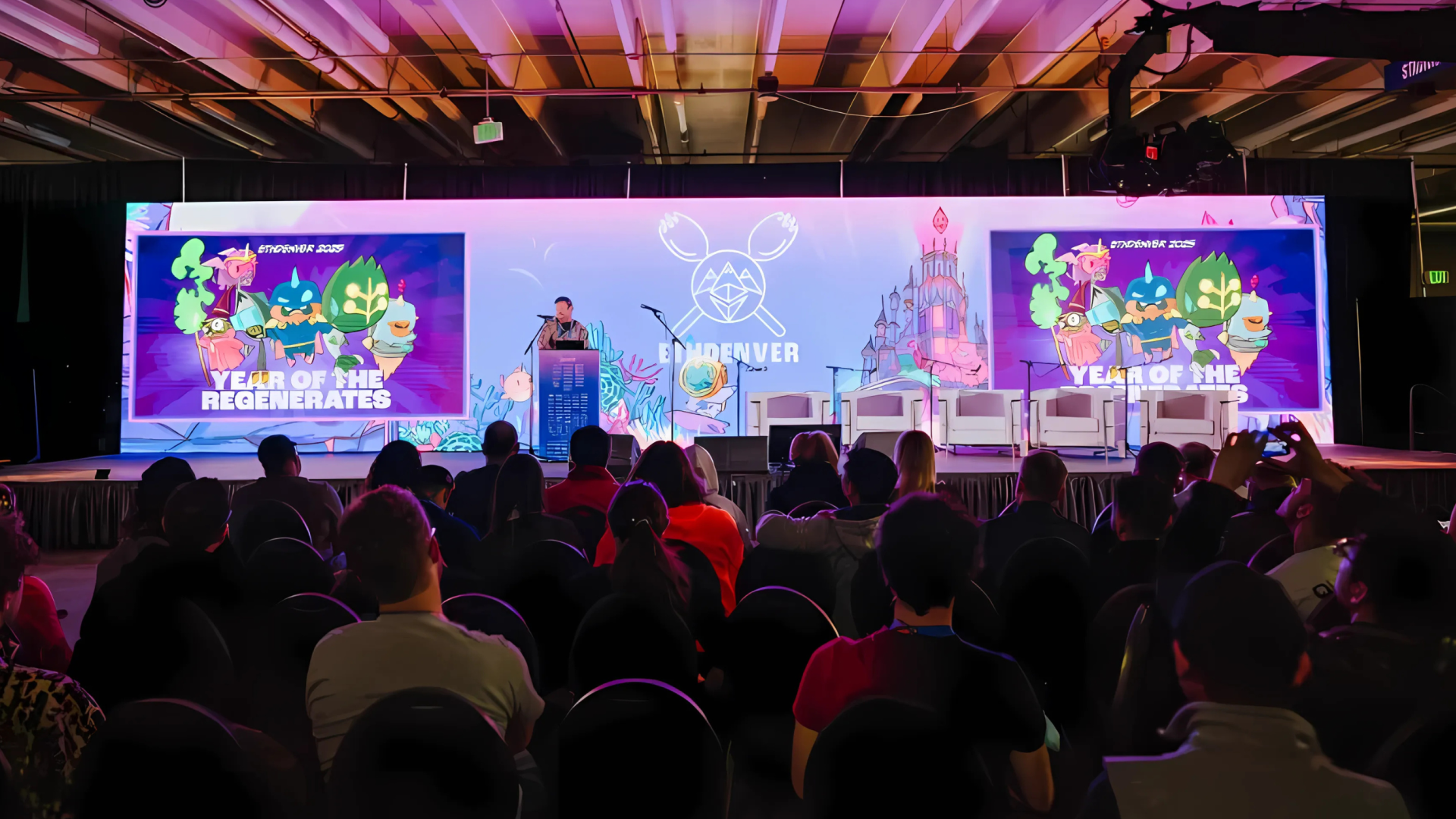Staking Update: November 2021
Polkadot introduces the bags-list activation on Kusama and Westend, plus new staking features. Learn how this impacts nominators, validators, and the overall staking system.
 By Polkadot•November 30, 2021
By Polkadot•November 30, 2021
By Kian Paimani, Parity Technologies
Development
Polkadot has only seen one release since the last issue of the staking update, namely the 9.13. As predicted, this version contains:
- Full enablement of the bags list in Westend and Kusama.
- Safe-Mode deployment of the bags-list on Polkadot.
Next, we will do our best to stick to our proposed plan and fully enable the bags-list pallet in Polkadot as well, in 9.14. Also, we finally merged the last outstanding PR related to the bags-list and strive to make it be part of 9.14 release.
This brings us to discuss a bit further, and re-elaborate how this will affect the end users, aka. the nominators.
Post-Bags-World of Polkadot Nominators
First, make sure to read the staking update of September. We’ve explained how the bags-list works in great detail there.
To briefly recap, consider the following variables: “N”, the number of nominators who set their nomination intention, in a given network, and “A” the number of nominators that can be included in an election process, and consequently become active and rewardable.
Currently, these two values are fixed to the same number in both networks, for example 22500 in Polkadot. With the bags list, we can decouple these two values, and allow many more nominators to set their intention (i.e. large value for “N”), and only pick a subset of them (“A”) for elections and rewards (based on stake). Recalling how the bags-list works, this means that once “N” and “A” are different values, it might be important for some nominators to ensure they are taking their best possible position in bags-list.
We predict that this scenario will become relevant soon in the Polkadot network. Recall that Polkadot is configured to take only 22500 nominators for elections (“A”). Once the value “N” is increased beyond 22500, there could be many more nominators registered in the system (e.g. 100000), yet only the top 22500 are taken for elections. This means that nominators should make sure that they are located in the best possible bag in the bags-list, in order to become rewardable. This operation is called “re-bag”, rebag for short.
This makes it important to have user-friendly UIs for our nominators to perform rebag. There is an outstanding issue in Polkadot-js/apps repository for this. Nonetheless, other apps, wallets and builders are also more than welcome to take an initiative here and build a UI around the bags-list (or the whole staking system).
In the meantime, we’ve made a script to display all accounts that need a rebag, and perform the rebag transaction. We will make sure that we periodically execute this script, while a proper UI is being built for the bags-list, to make sure our nominators are located in the best possible bag, and help those who are eligible for elections and reward to actually be rewardable.
Miscellaneous Update to Staking
This month, we’ve also made some miscellaneous changes to staking that are note-worthy. For the sake of brevity, we will only link to the PRs here. See the description of each PR for more information.
- reap_stash has changed and now can be used by anyone to cleanup some rubbish data from staking .
- The Governance body of each chain can now set a minimum commission for validators.
- The number of nominators that each chain has now might be expressed as a combination of count and byte-size. Furthermore, the number of nominations might become a function of the amount of stake that one has. This is an experimental PoC and its merge and enablement will need to go through vigorous discussion. In other words, this is not set in stone at all.
By The Numbers
At the time of writing, Polkadot has around 17,750 nominators, and the minimum number of DOTs to be a nominator has stayed constant at 120 DOTs. Due to the ongoing parachain auctions, as expected, the number of nominators has remained low, but we expect this trend to go back to the usual growth. Kusama is still around 7000 nominators.
Last month’s average of the minimum amount needed to be a validator in Polkadot is 1.71 MDOT, and the total amount staked is 655.43 MDOT. The same metrics for Kusama have been 4.095 kKSM and 5.06 MKSM respectively, over the last month.











